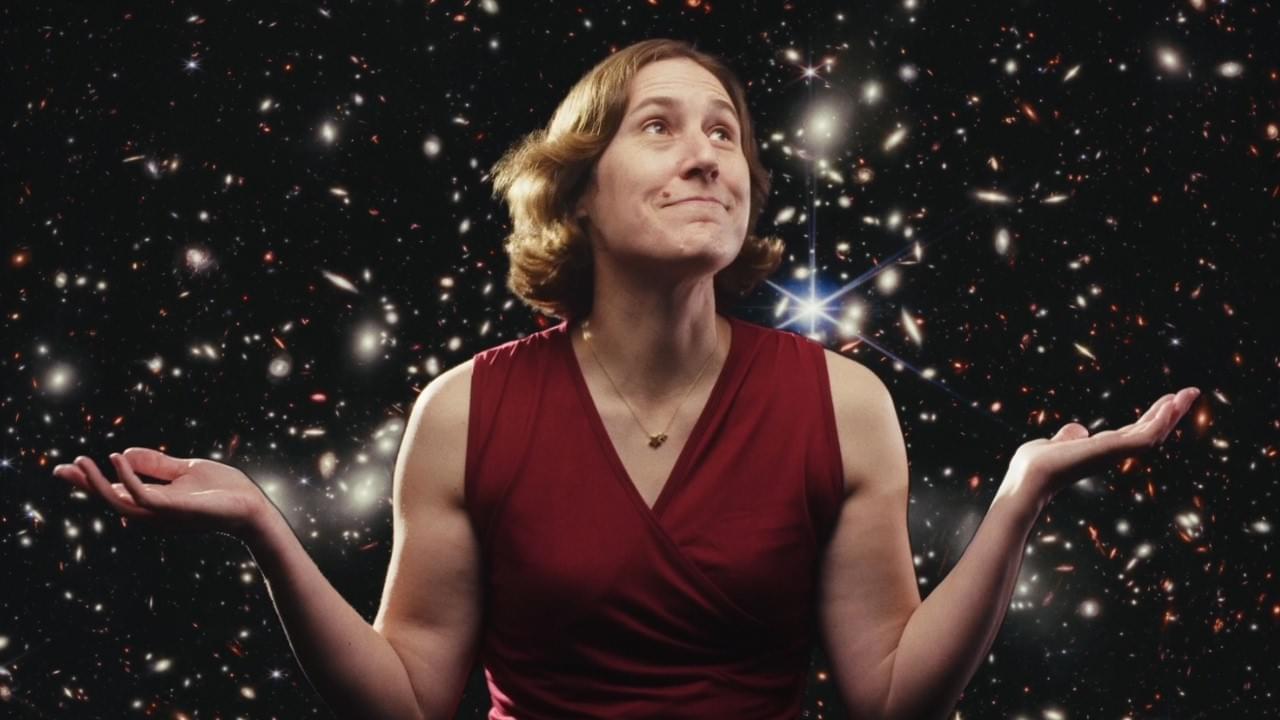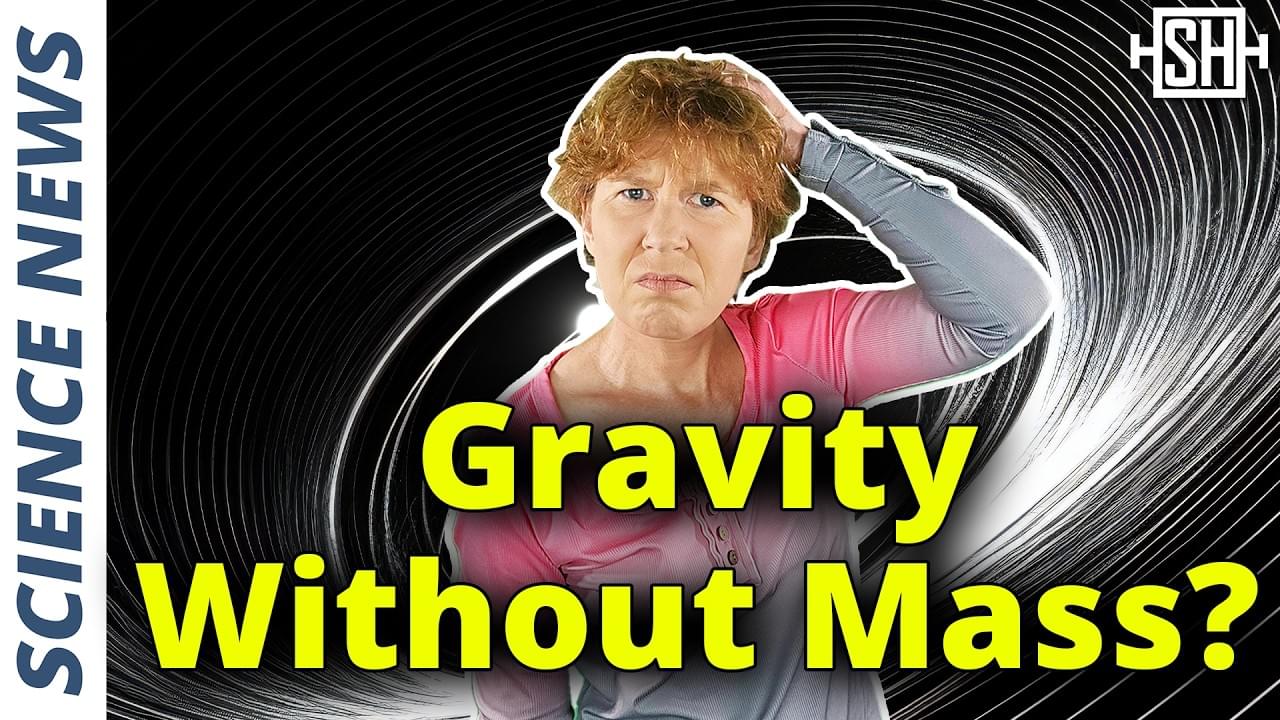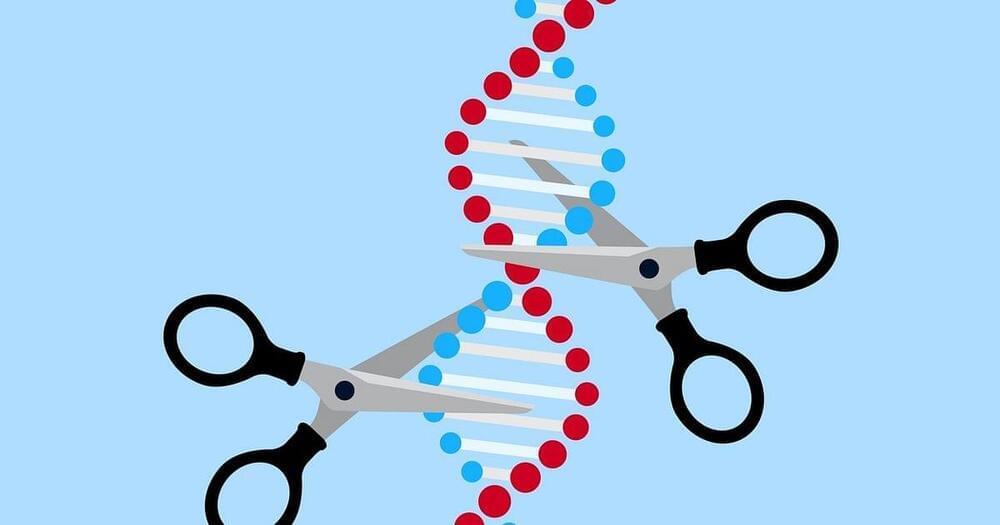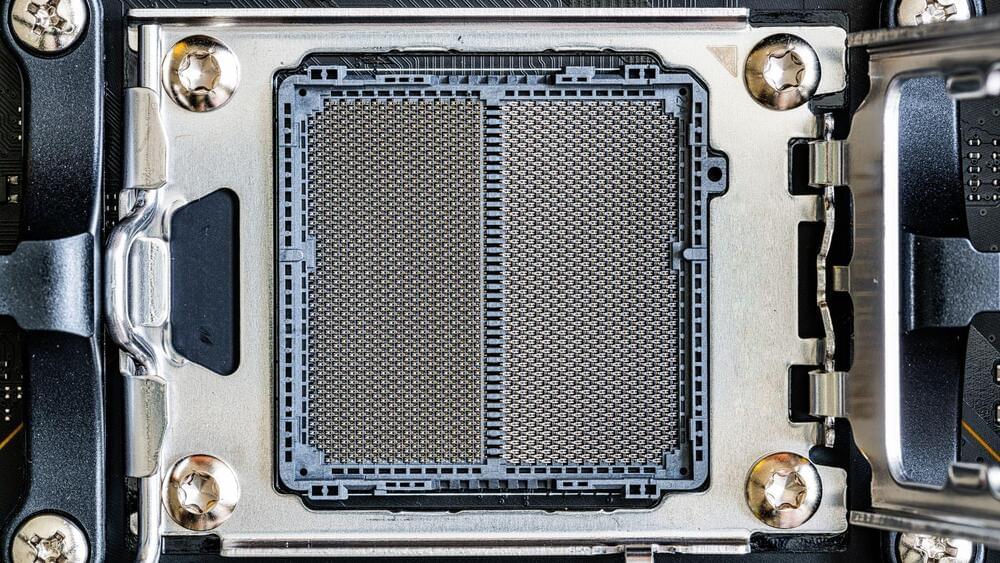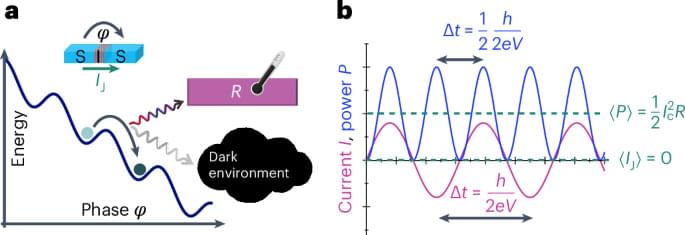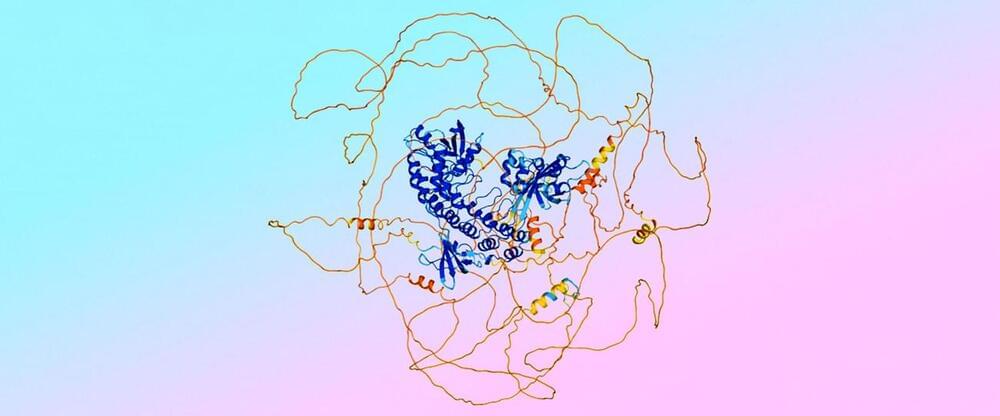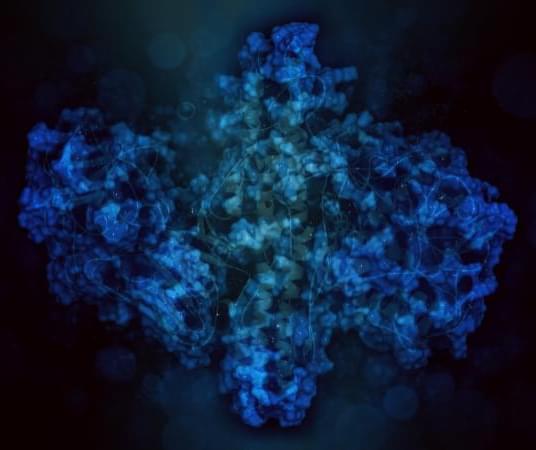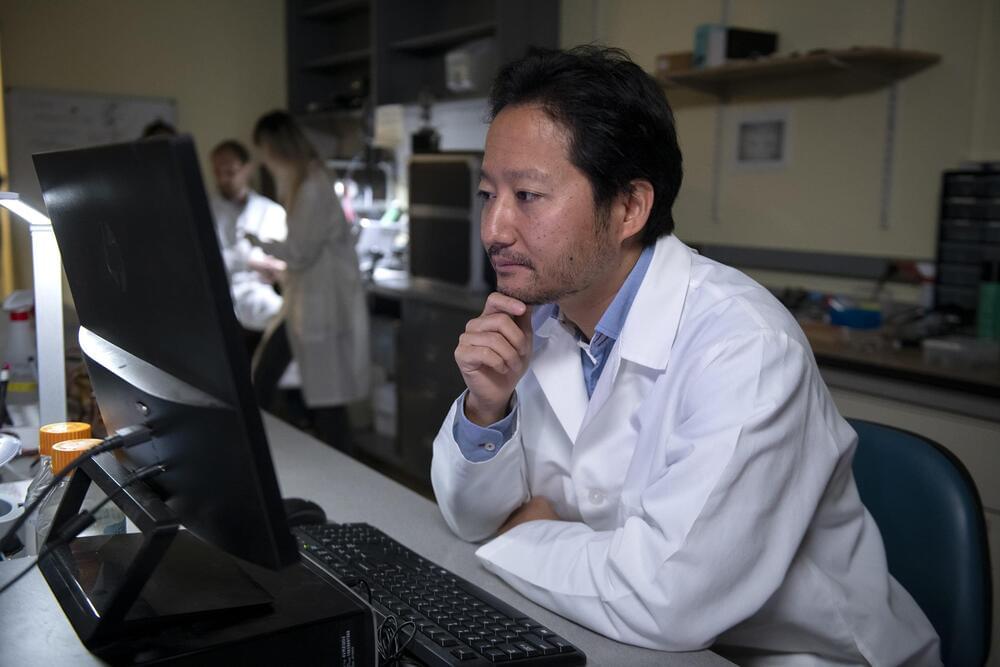Aug 25, 2024
Dark Matter Explained | Cosmology 101 Episode 7
Posted by Dan Breeden in categories: cosmology, evolution, physics
Dark matter remains one of the most enigmatic components of our universe. In this episode of Cosmology 101, we explore the evidence for dark matter and its critical role in shaping the cosmos. From galaxy rotations to cosmic web structures, discover how dark matter’s invisible hand influences the universe’s evolution and our understanding of fundamental physics.
Join Katie Mack, Perimeter Institute’s Hawking Chair in Cosmology and Science Communication, on an incredible journey through the cosmos in our new series, Cosmology 101.
Continue reading “Dark Matter Explained | Cosmology 101 Episode 7” »
